Description
The Plug & Play 2x CAN/LIN logger records time-stamped CAN data (Classical/CAN FD) on the removable 8 GB industrial SD card.
Operation is simple: just connect the device to your CAN bus to start logging raw CAN data. Next, extract the data and process it with 100% free open source software/API tools - including file format conversion, DBC decoding and plot visualisation.
Ideal for recording CAN/LIN data over weeks, months or years - e.g. for diagnostic purposes, OEM development or legal/warranty purposes.
Features
- PLUG & PLAY
Log data immediately. Standalone - no PC required. Power supply via CAN connection - PRO SPECIFICATIONS
Extendable 8-32 GB SD. 2xCAN/LIN. CAN FD. No data loss. 50 µs RTC. Error frame. MF4 - COMPACT
Only 8 x 5 x 2 CM. 100G. Aluminium housing. 4 LEDs. Configurable 5 V current output (CH2) - CONFIGURABLE
Advanced filters. Transmit lists. Triggers. Cyclical logging. Silent mode. Encryption - INTEROPERABEL
Free and open source software/API. MF4 to ASC/CSV. DBC support. Python. Dashboards
Professional CAN logger - at half the usual market price
The CANedge1 combines innovative design, state-of-the-art components - and incredibly low costs:
- 2 x CAN (incl. CAN FD) + 2 x LIN channels
- Removable 8-32 GB industrial SD card (= months of data)
- Popular binary MDF4 protocol file format
- Advanced functions for filtering and transmitting messages
- Start/stop logging trigger based on CAN ID and data bytes
- Silent mode, automatic bit rate detection, cyclic logging
- Data compression & encryption (e.g. for GDPR, CCPA)
- Support for CAN/LIN error frame logging
- Fast boot time. Safe disconnection during use (power safe)
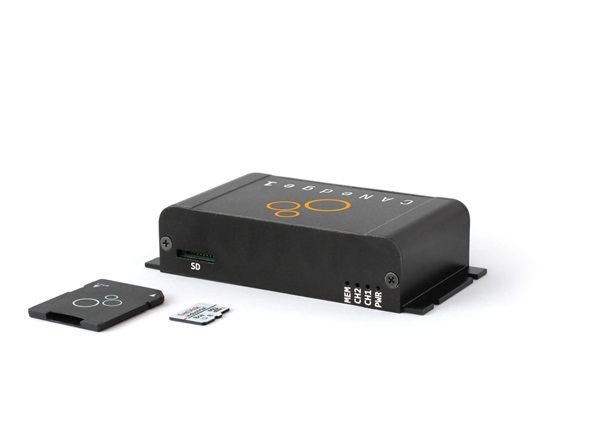
Open source software/API - of course
The CANedge1 uses open formats (MDF4 data, JSON configuration, S3 server) - and all software/APIs are 100% free and open source.
The software toolbox includes:
- Editors: Easily change your device configuration (online/offline)
- Converters: Convert data to Vector ASC, PEAK TRC, CSV, ...
- asammdf GUI: DBC decodes, draws and exports your data
- Python API: Automate your data processing and integrations
- Dashboards: Visualise data in user-defined browser dashboards
Areas of application



Yes, this version of the CANedge contains a GNSS/IMU module. If you install the device with an external GNSS antenna, you can optionally record GNSS/IMU data time-synchronised with your 2 x CAN/LIN data.
The GNSS/IMU information is recorded as if the data were being sent over a CAN bus network recorded by the CANedge. To separate it from the CAN/LIN channels, the data is stored in the log files under a separate "internal" pseudo channel.
Previously, adding GNSS/IMU to the CANedge required the connection of a GPS-to-CAN module (such as CANmod.gps ) to the CANedge (e.g. on the 2nd port).
The new internal GNSS/IMU offers a number of advantages:
- It is much more compact - and easier to install
- The overall costs are drastically reduced
- The 2nd CAN channel of the CANedge is "freed up" for logging CAN data
- The internal GNSS messages are available at up to 5 Hz instead of 1 Hz
- The GNSS/IMU is now configured via the CANedge configuration file
- The GNSS timestamp can be used to synchronise the CANedge RTC (avoiding drift).
However, the CANmod.gps is relevant if you need to add GNSS/IMU data to another CAN bus system. In addition, CANmod.gps supports an output rate of 100 Hz for the IMU-based messages (angle and acceleration rates) compared to 5 Hz for the internal GNSS/IMU.
The CANedge is the 2nd generation of the CLX000. In general, we recommend using the CANedge for data logging applications, while the CLX000 is especially recommended if you need to stream data via USB.
The most important improvements to the CANedge compared to the CLX000 include
Mechanical
- Extractable SD: The SD can be extracted to transfer data at 80 MB/s (compared to 0.5 MB/s for the CLX000 via USB).
- Industrial SD card: The CANedge utilises an industrial SD card, improving performance, lifetime, temperature range and more
- Channels: 2 x CAN/LIN channels, enables parallel logging of 2 x CAN + 2 x LIN
- Aluminium housing: The new housing is just as compact as the CLX000, but significantly more robust and offers flanges for mounting
- Power output: Supply external modules with power via the 2nd port, e.g. a GPS-to-CAN or temperature-to-CAN module
- Robust protection: The CANedge has a stronger protection specification, for example against voltage peaks
Protocol files and software/API
- MDF4 log files: Popular binary MDF4 format - more compact than CSV, faster to process, supported by many CAN tools
- Configuration: The open source configuration editor can be used online or offline via your browser
- JSON schema: configuration files are based on the standardised JSON schema concept supported by many open source tools
- Converters : Lightweight open source converters allow drag & drop/CLI conversion from MDF4 to e.g. *.csv and *.asc
- asammdf GUI : Enables user-friendly editing of MDF4 log files, DBC conversion (incl. OBD2/J1939), graphical representations and more
- Python API : Easily process your data at scale and automate the creation of e.g. reports/databases/dashboards
- MATLAB : Log files can be natively integrated into the MATLAB Vehicle Network Toolbox
- Dashboards : Easily visualise your data in free customisable Grafana dashboards
Data acquisition
- Lossless: The CANedge can log full bus loads without message loss (the CLX000 is limited to ~800-1000 frames/sec).
- Compression: With the optional compression, you can reduce the file size by up to 80 % compared to the CLX000
- Encryption: With the optional encryption, you can encrypt log files on the SD card for additional security
- Extended configuration: Extended filters and transmission lists (e.g. up to 128 filters compared to 8 with the CLX000)
- Precision: 20 times higher RTC resolution (50 microseconds) - with advanced RTC synchronisation options
- Boot time: Much faster boot time compared to the CLX000 (~1 sec. vs. ~10 sec.)
- CAN FD: The CANedge supports CAN FD (Flexible Data Rate) and is therefore future-proof
- Trigger: Control when logging/transmission should be started/stopped based on user-defined CAN signal thresholds
- Error frame: The CANedge supports the logging of CAN/LIN error frames
- LIN slave/master: The CANedge can serve as both a LIN slave and a LIN master (publisher).
GNSS/IMU + connectivity
- GNSS/IMU: The CANedge supports optional integrated GNSS/IMU functionality
- WLAN: The CANedge2 supports WLAN data transfer to your own cloud/self-hosted server (incl. OTA updates)
- 4G LTE: The CANedge3 supports 4G LTE data transmission to your own cloud/self-hosted server (incl. OTA updates)
CANedge1 and CANedge2 are 100% identical except for the WiFi functionality in CANedge2. Likewise, CANedge1 and CANedge3 are identical except for the 4G LTE functionality of CANedge3. Also note that CANedge1/CANedge2 supports optional GNSS/IMU, while this is part of CANedge3 by default.
If you only need to collect your CAN data infrequently and the device is physically easily accessible, then CANedge1 is usually sufficient. However, if you need to collect your data frequently and preferably remotely, the CANedge2/CANedge3 will quickly become worthwhile. Especially if you need to collect data on a fleet of vehicles or machines, CANedge2/CANedge3 are far more practical and cost-effective.
A CANedge connected via WLAN/LTE offers the additional advantage that you can fully automate your data collection and data processing workflow. For example, you can set up automated Python API scripts to modify your data, decode it via DBC - and set up telematics dashboards, for example. The CANedge2 is also easier to manage in the field, as you can monitor the status via the CANcloud telematics platform and perform over-the-air configuration and firmware updates, for example.
For use cases where a Wi-Fi network is available, we recommend the CANedge2. If you need to upload data over 4G LTE (cellular), we recommend the CANedge3.
The size of a raw MF4 log file depends on the application - and how much data you want to record.
The following overview shows a typical example for a heavy goods vehicle (J1939 data) with 700 frames/second. If you record everything, you can record data around the clock for about 7 days with an 8 GB SD card, while with 32 GB you can record for about 26 days.
However, the CANedge supports powerful options to optimise the log file size. Therefore, a more realistic scenario is shown below, where you can record more than 800 days with a 32 GB SD card, for example.
Below we list some of the key features you can use to optimise your logging:
- Compression: activate compression to reduce the data size by 50-80%.
- Filter: Specify which CAN IDs should be recorded/ignored (via ranges and masks).
- Prescaler: Instead of recording frames with their "raw frequencies", you can adjust the frequency based on the CAN ID
- Control signal: Specify when to start/stop logging based on specific CAN signal thresholds
- When the SD card is full, cyclic logging allows the CANedge CAN logger to continue logging data by deleting the oldest log files first.
The CANedge1 CAN logger is superior to the CL2000 when it comes to logging data to the SD card. However, the CANedge1 does not support real-time streaming via USB. For such an application, we would recommend the CL2000, for example.
You can find a comprehensive introduction to CAN logging with CANedge in the 45-minute webinar .
Below we explain the basics of how you can start logging raw CAN data:
- Connect the CAN logger to your CAN bus (optionally with our adapter cables)
- The device switches on, recognises the bit rate and starts logging the raw data to the SD card
- Disconnect the device, extract the SD card and insert it into your PC
- open the raw log files e.g. in the Asammdf GUI/API for DBC decoding and visualisation
You can find more information on the first steps in the CANedge introduction and in the documents - or contact us if you have any questions.
The CANedge has been developed to offer the best price/performance ratio on the market for CAN/LIN loggers with professional specifications.
In particular, the following factors set it apart from similar devices:
- Professional specifications: The CANedge offers specifications comparable to the best loggers available
- Compact: The CANedge is 50-80% smaller compared to similar devices
- Low cost: The CANedge is 50-80% less expensive compared to similar devices
- Easy to use: The device can be used immediately without configuration
- FOSS: All software/API tools are 100% free and open source
- Interoperable: Open standards and tools enable integration into any system - without lock-in
- Free support: We offer free, first-class technical support
But don't take our word for it - check out the 50+ case studies from companies like VW, Siemens, Bosch, Cummins and others.
The above makes the device an excellent choice for e.g. automotive/industrial OEM engineers.
The CAN bus analyser CANedge1 can log data from any high-speed CAN bus application (ISO 11898-2). In practice, this includes raw data from almost all vehicles (cars, trucks, tractors, forklifts, buses, motorbikes, electric vehicles, ...) - as well as various production machines, EV batteries/BMS and more. Most aeroplanes and boats also use the CAN bus. In terms of protocols, this includes SAE J1939 , CANopen , NMEA 2000 , FMS , OBD2 and more.
For the special case of OBD2 vehicle data, the CANedge1 can send up to 64 customised CAN messages periodically and thus be used as an OBD2 data logger. Note that you need to check whether your car uses CAN as the basis for OBD2 communication (this is the case for all US cars manufactured after 2008, for example). Also note that all cars differ in the number of OBD2 parameters supported - and of course the CANedge1 can only record the supported data.
For applications where you need to add GNSS/IMU, we recommend selecting a CANedge with integrated GNSS/IMU .
For other sensor inputs (temperature, analogue, digital, pulse, ...) you can connect external sensor-to-CAN modules to the device. Our CANmod sensor-to-CAN modules in particular can be easily combined with the CANedge.
In particular, the second CANedge port can supply external modules with 5 V DC - which makes installation easy. The data from the connected Sensor-to-CAN modules is recorded in the CANedge log files together with the data from the other CAN/LIN channels.
Think for example of our CANmod.temp temperature-to-CAN module or our CANmod.input analogue/digital/pulse-to-CAN module.
Technical Data
| Model specification | 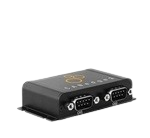 CANedge1 |
|---|---|
| Functionality | Stand-alone CAN bus data logger with SD card and 2x CAN/LIN channels (incl. CAN FD) and GNSS/IMU |
| Firmware | Supports free firmware updates to add functions |
| Configuration | Configuration files based on the popular open source JSON schema concept |
| Software | Free open source editor tool for easy device configuration (offline/online version available) Free open source asammdf software and software. API for editing, DBC conversion and conversion. Plotting of MDF4 data Free open-source MDF4 converter - drag & drop log files to convert them into a file, e.g. B. CSV, ASC, TRC Free open-source Python API - e.g. for automated data processing, reporting or integrations Free open-source telematics dashboards to visualise your DBC-decoded data in your browser |
| Safety and security | CE, FCC, IC, KC and RoHS certified (see manual) Tested for voltage transients (emissions/immunity), ISO 7637-2:2011, by TÜV SÜD (see manual)< /td> |
| Warranty | 1 year warranty |
| Support and assistance | Free, fast & high quality support |
| Origin | Denmark |
| Channels | 2 x CAN channels (incl. CAN FD support) |
| Standard | ISO 11898: Compliant with CAN (up to 1 Mbit/s) and ISO & Bosch CAN FD (up to 4 Mbit/s payload rate) |
| Protocols | Log raw data from CAN-based protocols (J1939/FMS, CANopen, NMEA 2000, OBD2, CAN FD, UDS, ...) |
| Identifier | Complies with CAN specifications 2.0A (11-bit ID) and 2.0B (29-bit ID) |
| Automatic bit rate detection | Bit rate can be recognised automatically or set manually |
| Retransmission | Configurable retransmission of frames that have lost arbitration or have been disturbed by errors |
| Transceiver protection | ±16 kV HBM ESD, ±15 kV IEC ESD, ±70 V bus error, short circuit Common mode input voltage: ±30 V TXD dominant timeout (prevents network blocking in the event of an error) |
| Channels | 2 x LIN channels |
| Publisher/subscriber | Each LIN channel can be configured as a LIN subscriber/publisher with support for LIN data transmission |
| Customised length | Support for custom frame lengths |
| Standard | Compatible with LIN 2.0 up to 20 Kbit/s (support for classic and extended checksum format) |
| Transceiver protection | ±8 kV HBM ESD, ±1.5 kV CDM, ±58 V bus error TXD dominant timeout (prevents network blocking in the event of an error) |
| SD card | 8 GB removable class 10 industrial micro SD (SDHC) included (optional 32 GB) - read speed 80 MB/s i |
| Parallel CAN/LIN | Acquire data from up to 2 x CAN channels + 2 x LIN channels simultaneously |
| Real-time clock | Yes - CAN frames are date and time. Time stamp with a resolution of 50 microseconds (battery backup) The RTC can be configured to correspond to local time zones (default: UTC). The RTC can be automatically synchronised via a CAN message (e.g. from the internal GNSS timestamp). |
| Log file format | Log data in the industry-standard binary format MF4 (easy conversion e.g. to CSV, ASC, Pandas, MATLAB etc.) |
| Data compression | Configurable zipping of embedded log files (approx. 50-80 % size reduction) |
| Silent mode | Configurable silent mode: Restricted (confirmation only) or monitoring (no transmission) |
| Filter | 128/64 regular/extended ID filters per channel (range, mask, acceptance, rejection, prescaling) |
| Prescaling | Pre-scaling of CAN frames, e.g. e.g. by time (per X ms) or by data (e.g. when byte X or Y changes) |
| Transmit | Transmit lists of CAN frames per channel (single-shot/periodic) - e.g. for OBD2 requests |
| CAN error frame | Support for logging CAN error frames (bit stuffing, form, CRC, bit, confirmation) |
| LIN error frames | Support for logging LIN error frames (checksum, reception, synchronisation, transmission) |
| Remote frames (RTR) | Support for logging/transmission of remote CAN frames (RTR) |
| Cyclic logging | Optional cyclic logging mode (oldest log file is deleted when the SD card is full) |
| Extended trigger | The control signal allows you to start/stop logging based on user-defined CAN IDs and IDs. Data thresholds |
| CAN heartbeat | Optional heartbeat CAN frame with device status, used memory & transmit. RTC time |
| File splitting | Configurable log file split size (by size: 1-512 MB and/or by time period: 0-86400 s) |
| Power Safe | 100% power safe data logging - no file corruption when disconnecting |
| Unique device ID | Each device has a globally unique ID that ensures unique naming of the log files |
| Data encryption | Log files can be encrypted at rest on the SD card for security/DSGVO/CCPA purposes |
| Module | Professional u-blox NEO-M9V sensor module (92 channels) with integrated gyroscope and accelerometer |
| GNSS | Supports combinations of GPS (USA), Galileo (Europe), BeiDou (China), GLONASS (Russia) |
| Sensor fusion (UDR) | Improved position accuracy through sensor fusion (UDR) of GNSS and 3D-IMU [automotive only] Up to three times higher accuracy compared to GNSS-only receivers Extended and improved GNSS fix in GNSS-hostile areas (e.g. urban environments, tunnels, etc.) |
| Positioning accuracy | Position: 2.0 m CEP (Circular Error Probable) Heading: 0.3 degrees | Pitch: 0.4 degrees | Roll: 0.6 degrees (68 % at 30 m/s) |
| Speed: 0.08 m/s Sensitivity | Tracking/navigation: 160 dBm | Cold starts: 148 dBm |
| Acquisition | Cold starts: 25 s |
| GNSS antenna | Required for GNSS-based data (not for IMU) |
| CAN coding | The GNSS/IMU data is encoded as "CAN messages" in the CANedge protocol files (on a separate channel) |
| Configuration | GNSS/IMU messages can be filtered/pre-scaled to allow inclusion and frequency of user-defined messages Optionally record GNSS/IMU messages only if valid |
| Signals | The module adds several GNSS/IMU signals (for a complete list, see the documents or the DBC file) GNSS position: longitude and latitude information [5 Hz] GNSS time: Precise GNSS-based epoch timestamp [5 Hz] GNSS status: fixed type (NO/UDR/2D/3D/GNSS+UDR) and number of satellites [5 Hz] GNSS speed: Cruising speed in m/s and km/h [5 Hz] GNSS altitude: Altitude in metres [5 Hz] Attitude/alignment: Roll, pitch, heading [automobiles only] [5 Hz] GNSS odometer: Distance travelled (since power on) [5 Hz] 3D-IMU: Accelerometer-based acceleration (X, Y, Z) [5 Hz] Geofences: Status of configured geofences [5 Hz] |
| Input supply | +7V to +32V DC via channel 1 DB9 (e.g. via the CAN plug power connection) |
| Power consumption | Extremely low (~1 W) - no risk of battery discharge |
| Protection | Reverse polarity protection on the CAN bus supply Protection against transient voltage events on supply lines |
| System & weight | Compact aluminium housing: 75 x 47 x 20 mm (W x L x H without flanges). 100 grams |
| Antennas | GPS antenna included in the scope of delivery |
| Flanges | Flanges with 4 x M3 screw holes (head diameter < 6 mm) - see also CANedge "Mounting set" |
| Connection | 2 x standard D-Sub 9 connectors (DB9) (optional OBD2/J1939/... adapter) |
| Pin assignment | Information on the pin assignments of the DB9 connector can be found in the product manual. |
| Configurable current output | Channel 2 can be configured to supply external modules (e.g. the CANmod sensor-to-CAN modules) with 5 V. |
| LEDs | Logger status via 4 external LEDs: Power, CH1, CH2, memory |
| Operating temperature | Operating temperature (parts): -25 °C to +70 °C |
| IP rating | IP rating 40 |
| Model comparison |  CL1000 | 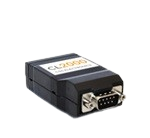 CL2000 |  CANedge1 | 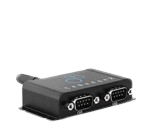 CANedge2 | 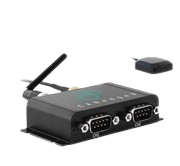 CANedge3 |
|---|---|---|---|---|---|
| Number of CAN channels | 1 | 1 | 2 | 2 | 2 |
| Number of Lin channels | - | - | 2 | 2 | 2 |
| CAN FD | - | - | Yes | Yes | Yes |
| RTC timestamp | - | Yes (1ms) | Yes (0.05 ms) | Yes (0.05 ms) | Yes (0.05 ms) |
| Frames per second | ~800-1000 | ~800-1000 | 3000+ | 3000+ | 3000+ |
| Logging to SD card | Yes | Yes | Yes | Yes | Yes |
| Industrial and extractable SD | - | - | Yes | Yes | Yes |
| Log file format | .txt | .txt | MDF4 (.MF4) | MDF4 (.MF4) | MDF4 (.MF4) |
| Cyclical logging | Yes | Yes | Yes | Yes | Yes |
| Silent mode | Yes | Yes | Yes | Yes | Yes |
| Automatic bit rate detection | Yes | Yes | Yes | Yes | Yes |
| Filter and prescaling | Basic | Basic | Advanced | Advanced | Advanced |
| Transmit lists | Basic | Basic | Advanced | Advanced | Advanced |
| Control signal (trigger) | Basic | Basic | Extended | Advanced | Advanced |
| Data compression and encryption | - | - | Yes | Yes | Yes |
| Logging of CAN/LIN error frames | - | - | Yes | Yes | Yes |
| USB streaming to PC | Yes | Yes | - | - | - |
| GNSS/IMU support | - | - | Optional | Optional | Yes |
| Secure WLAN/LTE data transmission | - | - | - | W-lan | 3G/4G LTE |
| Over-the-air configuration/firmware | - | - | - | Yes | Yes |
| Configuration editor | Yes | Yes | Yes | Yes | Yes |
| Support for DBC conversion | Yes | Yes | Yes | Yes | Yes |
| Convert data to e.g. ASC, TRC | Yes | Yes | Yes | Yes | Yes |
| Graphical plot support | - | - | Yes | Yes | Yes |
| Data processing API | - | - | Yes | Yes | Yes |
| Dashboard integration | - | - | Yes | Yes | Yes |
| Telematics cockpit | - | - | - | Yes | Yes |
| L x W x H (mm) | 67 x 43 x 24 mm | 67 x 43 x 24 mm | 75 x 47 x 20 mm | 75 x 47 x 20 mm | 75 x 47 x 20 mm |
| Weight (g) | 50 | 50 | 100 | 100 | 100 |
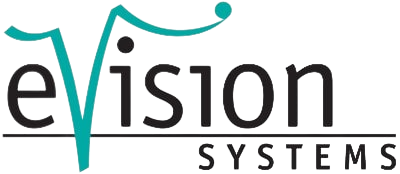
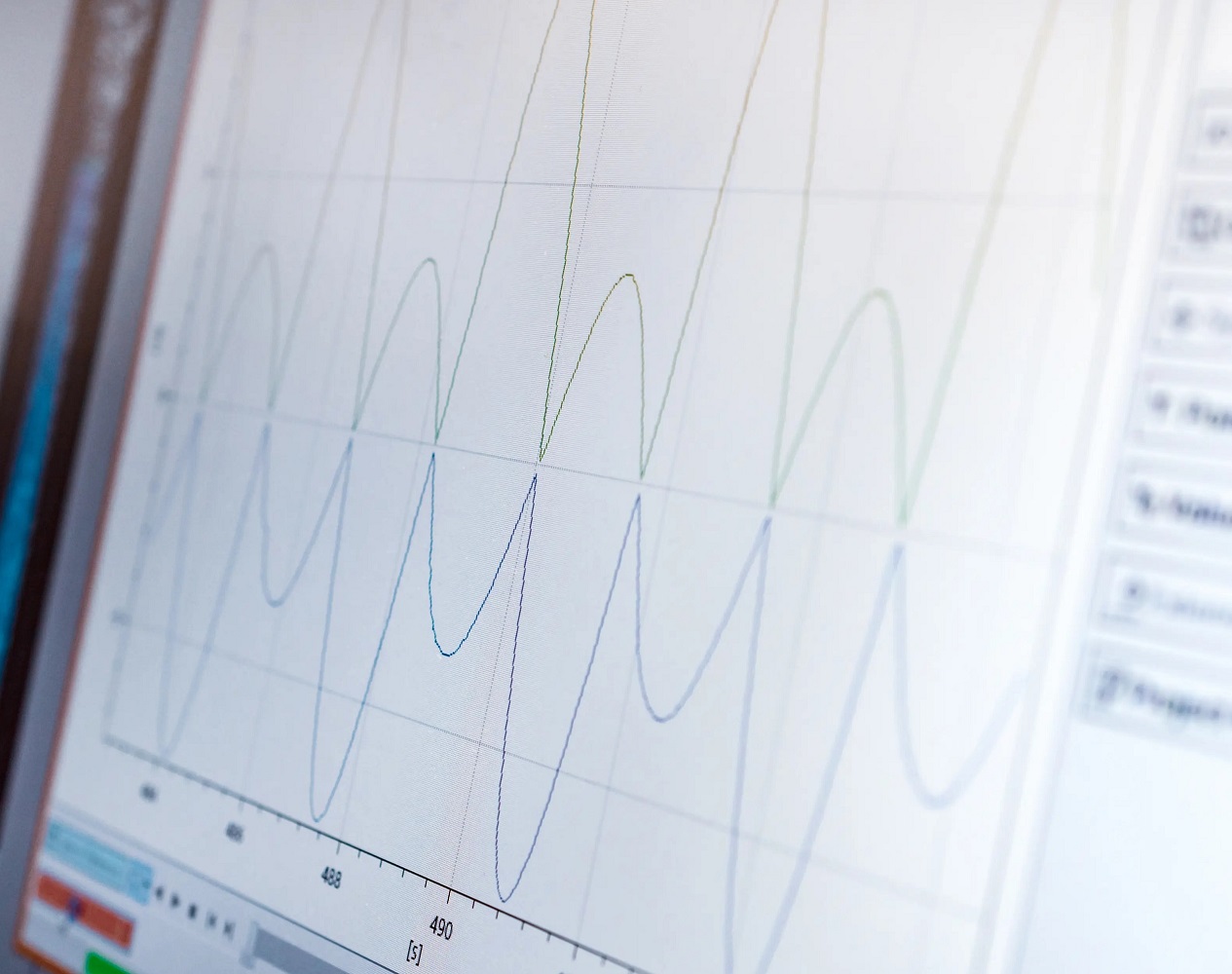


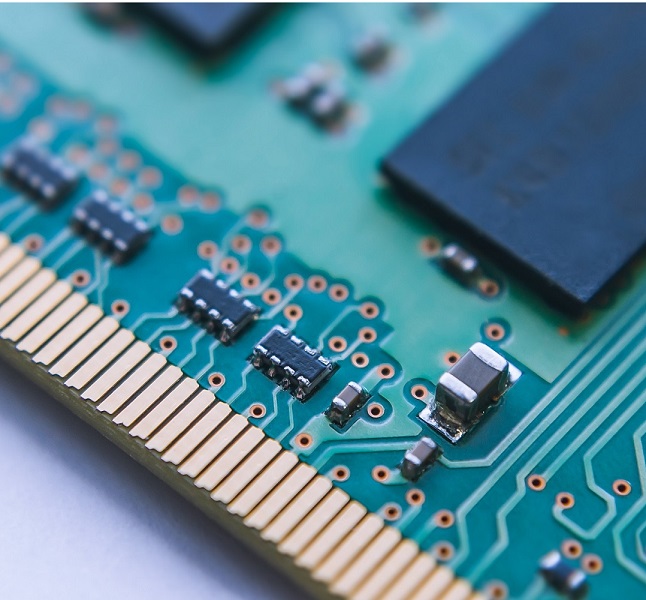



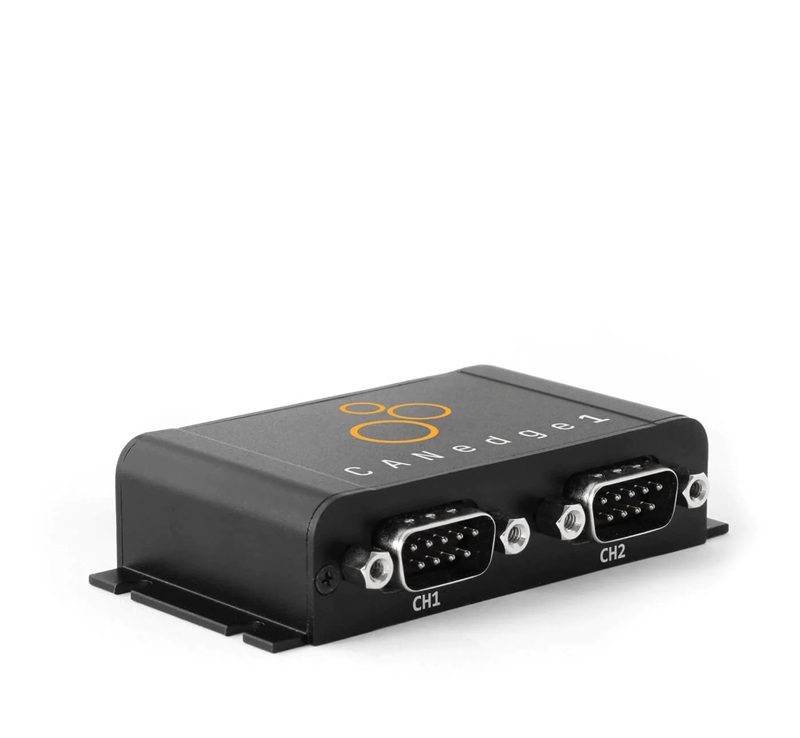

.jpg)
.jpg)
.jpg)
.jpg)